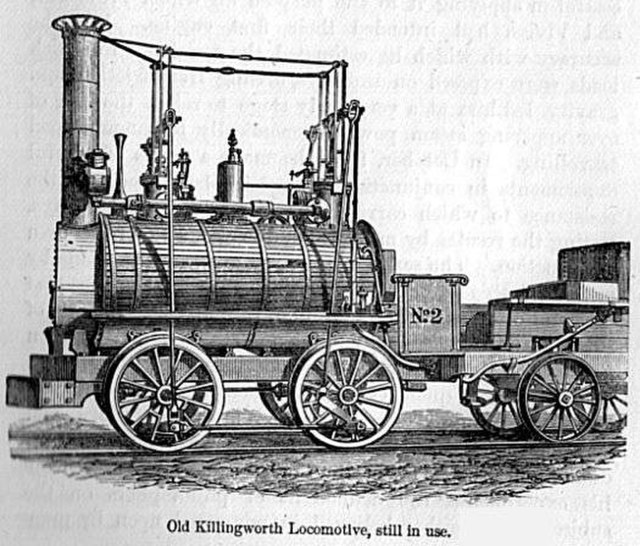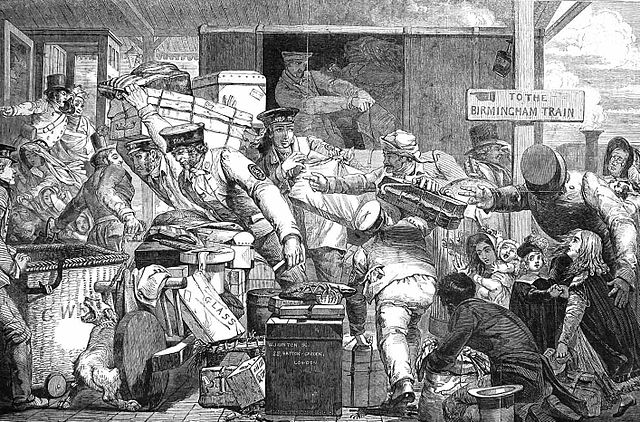In railway engineering, "gauge" is the transverse distance between the inner surfaces of the heads of two rails, which for the vast majority of railway lines is the number of rails in place. However, it is sometimes necessary for track to carry railway vehicles with wheels matched to two different gauges. Such track is described as dual gauge – achieved either by addition of a third rail, if it will fit, or by two additional rails. Dual-gauge tracks are more expensive to configure with signals and sidings, and to maintain, than two separate single-gauge tracks. It is therefore usual to build dual-gauge or other multi-gauge tracks only when necessitated by lack of space or when tracks of two different gauges meet in marshalling yards or passenger stations. Dual-gauge tracks are by far the most common configuration, but triple-gauge tracks have been built in some situations.

Baseplate on dual-gauge track showing the minimum practicable gap between the bases of two rails – about 40 mm (11/2 in) – which determines the minimum difference in gauges possible in a three-rail configuration
The Gorton Foundry of Beyer, Peacock & Company was typical of locomotive and rolling stock manufacturers that exported to many countries. This track of four gauges traversed two turntables, requiring the rails to be centralised.
Image: Dual gauge tracks (1600 mm and 1000 mm) at Belo Horizonte, Brazil(cropped)
Image: Wallaroo dual gauge railway 0855
In rail transport, track gauge is the distance between the two rails of a railway track. All vehicles on a rail network must have wheelsets that are compatible with the track gauge. Since many different track gauges exist worldwide, gauge differences often present a barrier to wider operation on railway networks.
Fish-belly cast-iron rails from the Cromford and High Peak Railway
An early Stephenson locomotive
Triple gauge, from left: 1,435 mm (4 ft 8+1⁄2 in), 1,000 mm (3 ft 3+3⁄8 in), and 600 mm (1 ft 11+5⁄8 in), on display at the China Railway Museum in Beijing
A cartoon depicting the horrors of goods transfer at the break of gauge at Gloucester in 1843








